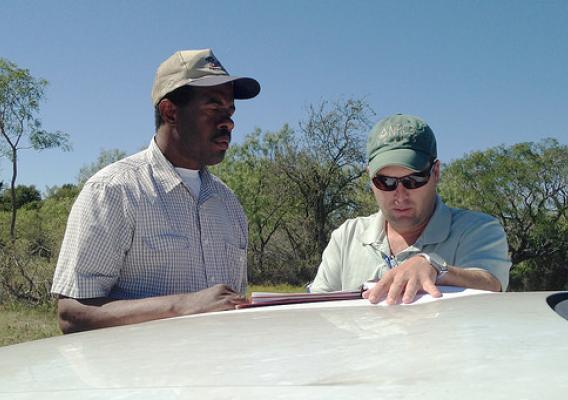When many different groups come together for a common goal, the impacts can be tremendous. That’s the case for the sage-grouse, an at-risk bird in the American West. Since 2010, over 1,100 ranches have teamed with the Sage-Grouse Initiative (SGI) and conserved 4.4 million acres across 11 western states, an area equivalent of 2 Yellowstone National Parks. The diverse partnership led by USDA’s Natural Resources Conservation Service includes ranchers, state and federal agencies, universities, non-profit groups and businesses that rally around a common vision of conserving wildlife through sustainable ranching.
SGI continues to grow and just over the weekend ConocoPhillips announced the company will invest $1 million to further strengthen the partnership. The contribution was made to the Intermountain West Joint Venture, one of the key partners of SGI. New funding will be used to extend the partnership through 2019 by providing $200,000 per year to support SGI’s Strategic Watershed Action Team, or SWAT. This team provides field delivery, science, communications and partner development support to SGI.










